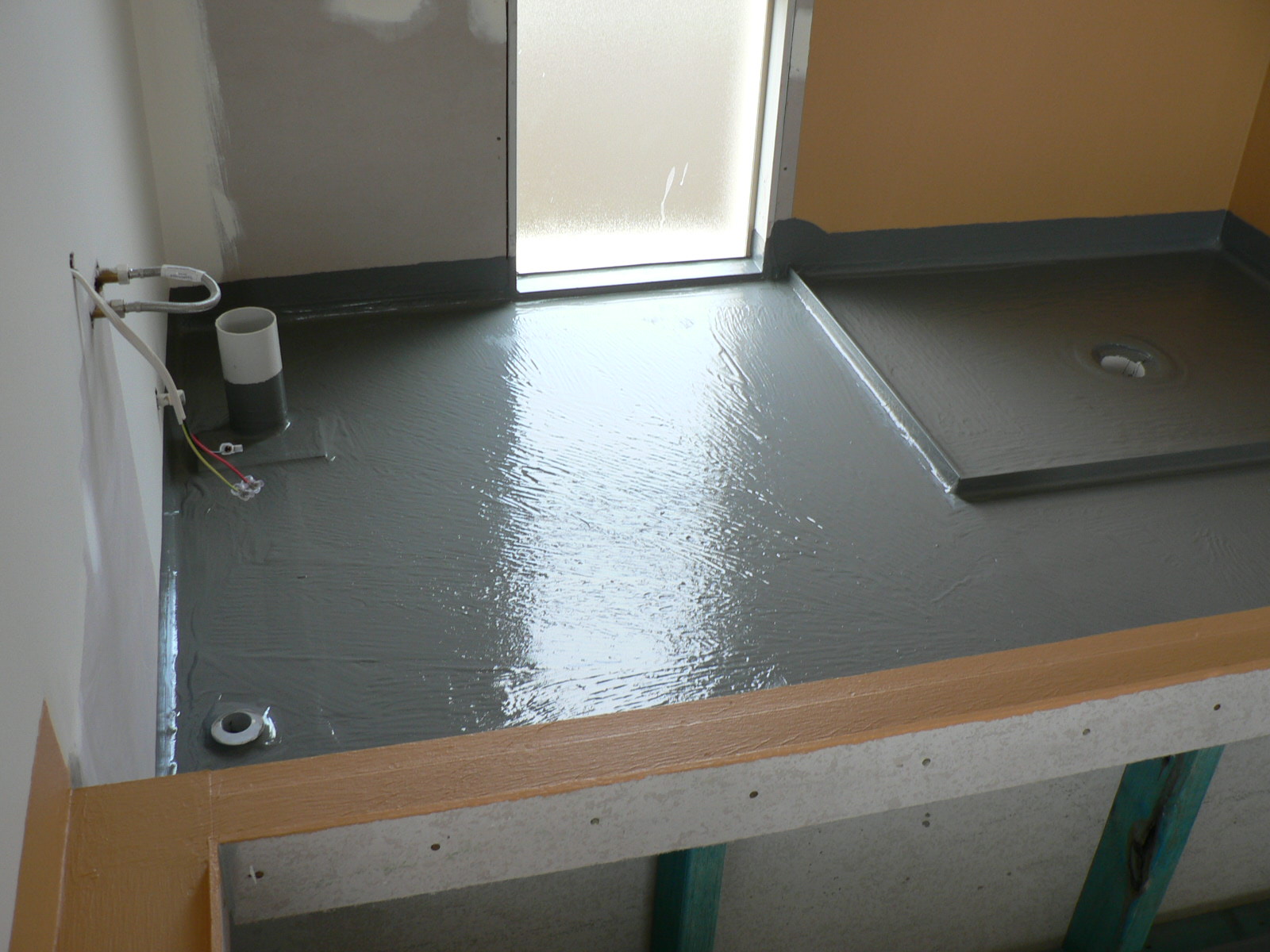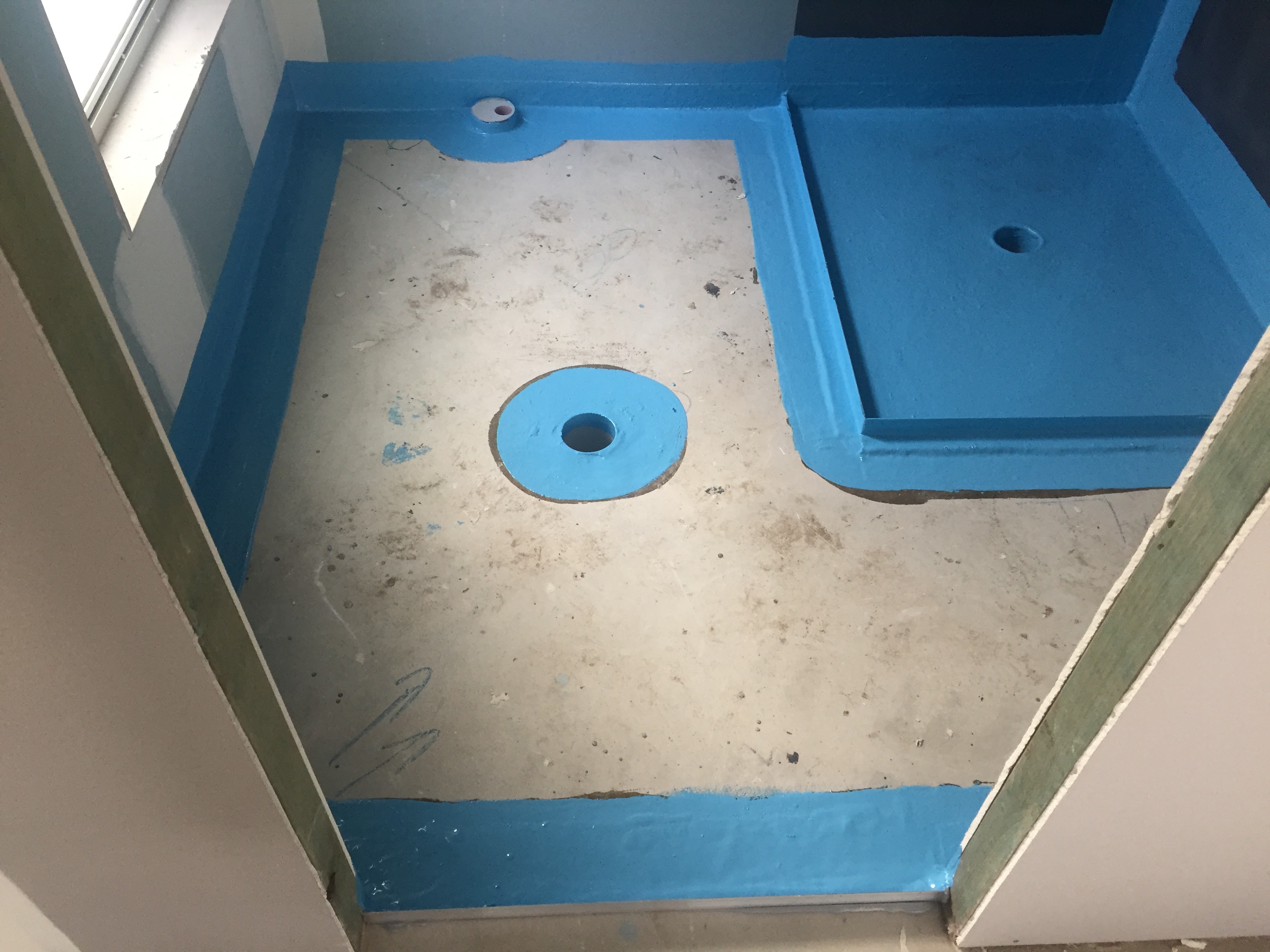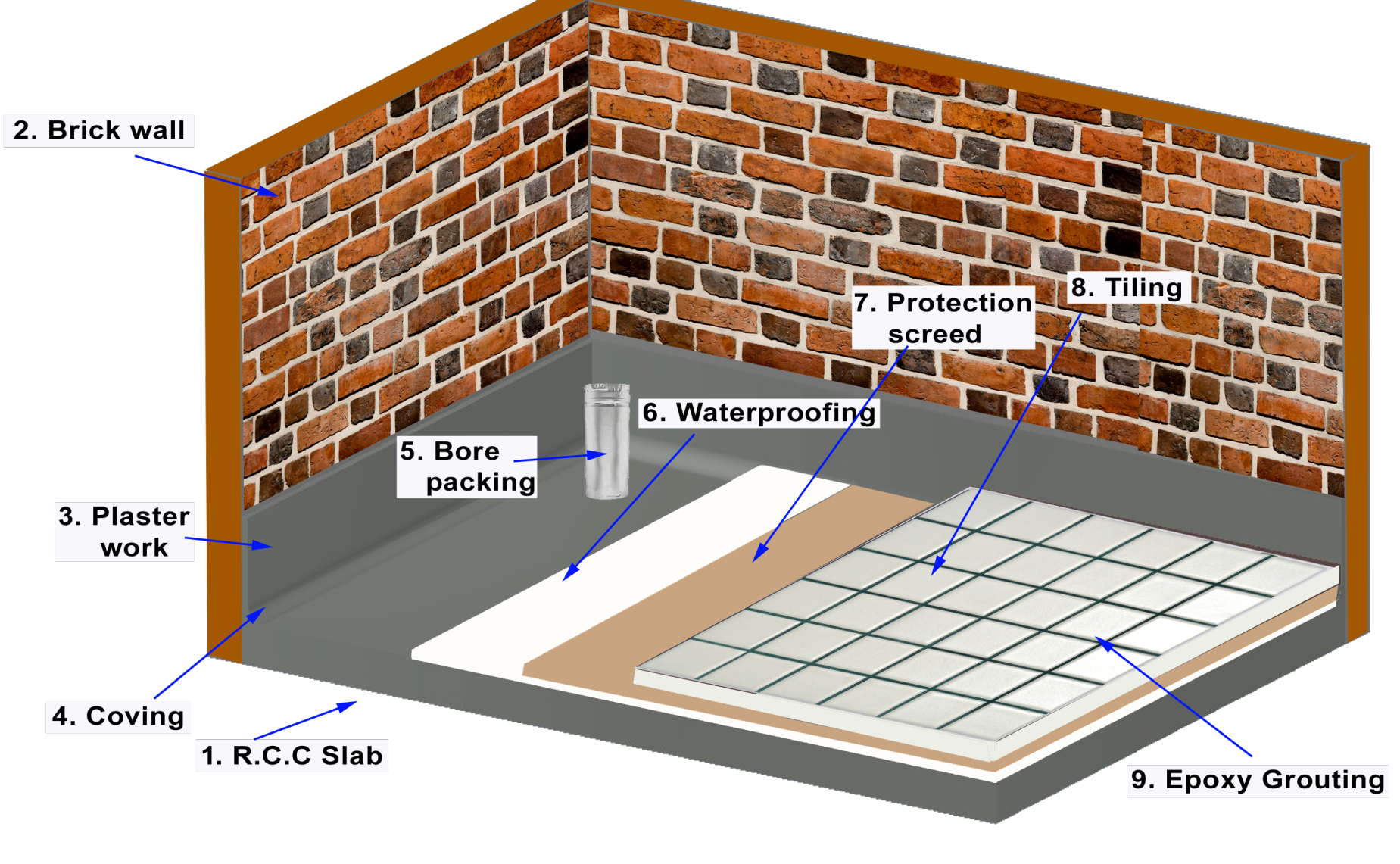Understanding Bathroom Timber Floor Waterproofing

Imagine this: You’re enjoying a relaxing bath, and suddenly, a leak appears, soaking your beautiful timber floor. Yikes! This is why waterproofing your bathroom timber floor is crucial. It’s like putting on a raincoat for your floor, protecting it from the onslaught of water and potential damage.
Importance of Waterproofing
Waterproofing your bathroom timber floor is not just about aesthetics, it’s about protecting your home’s structure and your wallet. A properly waterproofed bathroom floor prevents water from seeping into the timber, which can lead to serious problems like rot, mold, and even structural damage. It’s like building a sturdy dam to keep the water at bay.
Risks of Not Waterproofing
Not waterproofing your bathroom timber floor can be a recipe for disaster. Imagine a slow leak going undetected, silently rotting your floor from within. This can lead to costly repairs, replacing the entire floor, and even affecting the structural integrity of your home. It’s like playing Russian roulette with your bathroom floor, and the stakes are high.
Common Causes of Water Damage, How to waterproof a bathroom timber floor
Water damage in bathroom timber floors can be caused by a variety of factors. It’s like a detective story, finding the culprit behind the wet mess. Here are some common culprits:
- Leaking pipes: Imagine a tiny crack in your pipe, spewing water like a miniature geyser. This can lead to a slow drip, gradually damaging your floor over time.
- Overflowing tubs or showers: A moment of distraction while filling the tub can lead to an overflowing disaster. This can create a mini-flood, soaking your floor and causing havoc.
- Poor drainage: A clogged drain is like a dam holding back water, creating a breeding ground for mold and mildew. This can damage your floor and make your bathroom smell like a swamp.
- Spills: Even a simple spill can be a slippery slope to disaster. Imagine a careless splash of water, or a dropped bottle of shampoo, creating a puddle that slowly soaks into your floor.
Choosing the Right Waterproofing Materials: How To Waterproof A Bathroom Timber Floor

Selecting the right waterproofing membrane is crucial for protecting your bathroom timber floor from water damage and ensuring its longevity. It’s like choosing the right raincoat for a rainy day – you wouldn’t wear a flimsy plastic poncho for a downpour, right? Similarly, the wrong waterproofing membrane can leave your floor vulnerable to leaks and mold growth.
Understanding Different Types of Waterproofing Membranes
The market offers a variety of waterproofing membranes, each with its own unique properties and applications. Choosing the right one depends on factors such as the type of timber floor, the expected water exposure, and your budget. Let’s take a closer look at some of the most popular options.
- Polythene Sheets: These are thin, flexible sheets made of polyethylene plastic. They are inexpensive and easy to install, making them a popular choice for DIY projects. However, they are not as durable as other options and can be easily punctured. They are best suited for light-duty waterproofing applications, like protecting subfloors from moisture.
- Liquid Membranes: These are typically applied as a thick, rubbery coating. They are highly flexible and form a seamless barrier against water. They are ideal for complex shapes and uneven surfaces, and can be applied over existing surfaces without needing to remove them. However, they can be more expensive than other options and require a longer drying time.
- Concrete Waterproofing Membranes: These are specifically designed for use with concrete floors. They come in a variety of forms, including sheets, coatings, and slurries. They are highly durable and resistant to water penetration. However, they can be more difficult to install and may require specialized equipment.
- Bituminous Membranes: These are made from a blend of bitumen and other materials. They are highly durable and resistant to water penetration. They are often used in commercial and industrial applications, but can also be used in residential bathrooms. However, they can be difficult to install and require a skilled contractor.
Comparing Popular Waterproofing Membranes
To help you make an informed decision, let’s compare the key features of some of the most popular waterproofing membranes:
| Membrane Type | Properties | Advantages | Disadvantages |
|---|---|---|---|
| Polythene Sheets | Thin, flexible, polyethylene plastic | Inexpensive, easy to install | Not durable, easily punctured |
| Liquid Membranes | Thick, rubbery coating | Highly flexible, seamless barrier, easy to apply over existing surfaces | More expensive, longer drying time |
| Concrete Waterproofing Membranes | Sheets, coatings, or slurries | Highly durable, resistant to water penetration | Difficult to install, may require specialized equipment |
| Bituminous Membranes | Blend of bitumen and other materials | Highly durable, resistant to water penetration | Difficult to install, requires skilled contractor |
Waterproofing Installation Process

How to waterproof a bathroom timber floor – Now that you’ve chosen your waterproofing materials, it’s time to get your hands dirty and start the installation process. This is where the real magic happens, so let’s break it down step-by-step.
Preparing the Subfloor
Before you even think about applying waterproofing, you need to make sure your subfloor is in tip-top shape. This is like preparing a canvas for a masterpiece – you want a smooth and solid foundation for your waterproofing.
- Remove any existing flooring: This could be tiles, vinyl, or even old carpet. Make sure you remove everything down to the bare subfloor. It’s like cleaning your house before a party – you want a fresh start.
- Repair any damaged areas: Look for cracks, gaps, or any other imperfections in the subfloor. These need to be fixed before you move on. You can use wood filler or epoxy to patch up any holes or cracks.
- Level the subfloor: This is crucial for ensuring a smooth and even application of waterproofing. You can use self-leveling compound or shims to level out any uneven areas. It’s like leveling a table before you put a vase on it – you want it to be stable.
- Clean the subfloor: Once you’ve repaired and leveled the subfloor, give it a good cleaning. This will remove any dust, debris, or dirt that could interfere with the waterproofing. Think of it like wiping down your kitchen counter before you start cooking.
Applying the Waterproofing Membrane
Now it’s time to get serious about waterproofing. This is where the real magic happens, so make sure you follow these steps carefully. It’s like applying sunscreen before you hit the beach – you want to protect your floor from any water damage.
- Apply a primer: This will help the waterproofing membrane adhere better to the subfloor. It’s like a coat of primer before you paint a wall – it helps the paint stick better.
- Install the waterproofing membrane: This is the main event! Follow the manufacturer’s instructions carefully. Some membranes are applied in liquid form, while others are pre-made sheets. It’s like putting on a raincoat before you go out in the rain – you want to make sure you’re protected.
- Overlap the seams: Make sure the seams of the membrane are overlapped and sealed properly. This will prevent water from seeping in. It’s like taping up a package – you want to make sure it’s secure.
- Apply a sealant: Once the membrane is in place, apply a sealant to the edges and around any penetrations. This will provide an extra layer of protection. It’s like putting a band-aid on a cut – you want to make sure it’s sealed up tight.
Installing the Floor Covering
After the waterproofing membrane has dried, you can install your chosen floor covering. This is the finishing touch, so choose something that complements your bathroom design. It’s like putting on a new outfit after you’ve taken a shower – you want to look your best.
- Tiles: Tiles are a popular choice for bathroom floors because they’re durable, water-resistant, and easy to clean. They’re like the classic black dress of bathroom flooring – always in style.
- Vinyl: Vinyl flooring is another good option for bathrooms because it’s affordable, waterproof, and comes in a variety of styles. It’s like the versatile jeans of bathroom flooring – comfortable and practical.
- Engineered wood: While not as common as tiles or vinyl, engineered wood can also be used in bathrooms with proper waterproofing. It’s like the bold statement piece of bathroom flooring – unique and stylish.
Important Tips for Success
To ensure a successful waterproofing installation, here are some tips to keep in mind. It’s like following a recipe for a delicious meal – you want to make sure you get all the ingredients right.
- Read the manufacturer’s instructions: Every waterproofing product is different, so make sure you read the instructions carefully before you start. It’s like reading the user manual before you use a new gadget – you want to know how it works.
- Use high-quality materials: Don’t skimp on the waterproofing materials. This is an investment in the long-term health of your bathroom floor. It’s like buying a good pair of shoes – you want them to last.
- Take your time: Don’t rush the installation process. Take your time and make sure everything is done properly. It’s like baking a cake – you want to make sure it’s cooked through.
- Hire a professional: If you’re not comfortable doing the waterproofing yourself, hire a professional. It’s like calling a plumber when your pipes are leaking – it’s better to get help than to make a bigger mess.
